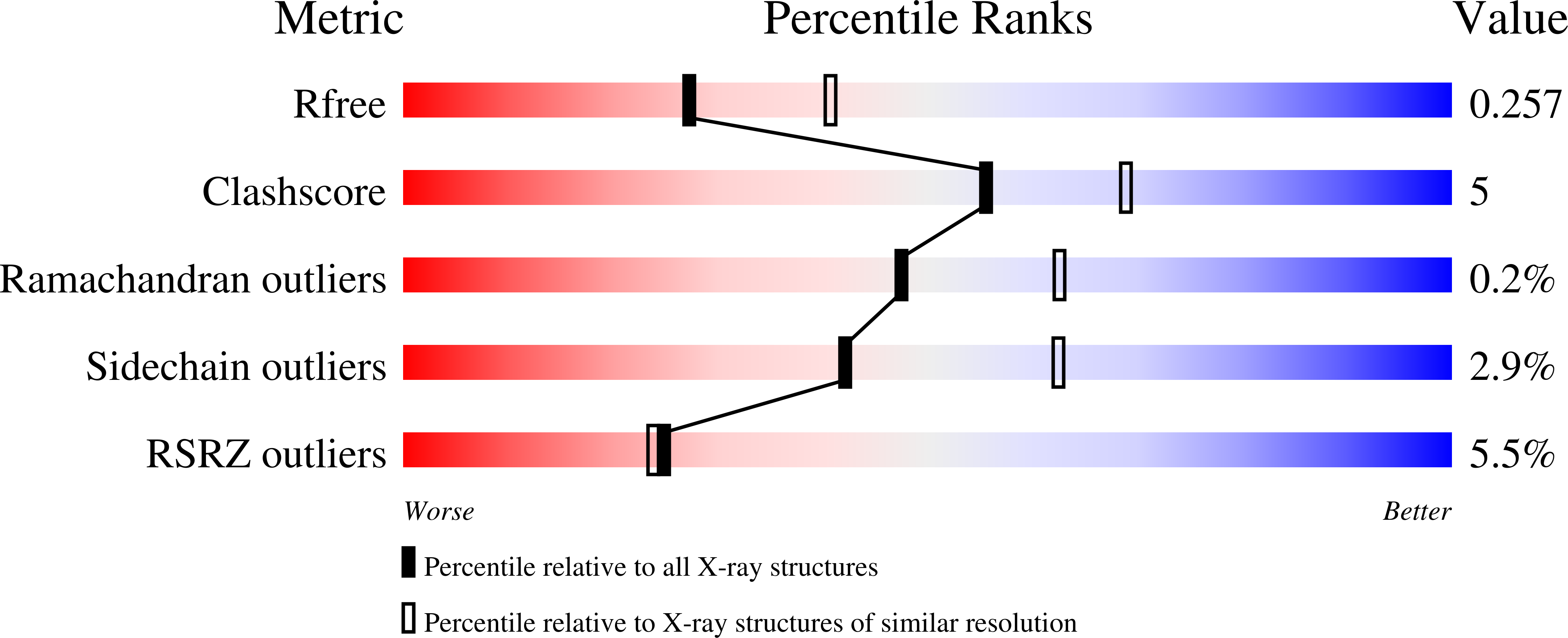
Deposition Date
2022-11-08
Release Date
2023-08-30
Last Version Date
2023-08-30
Entry Detail
Biological Source:
Source Organism:
Tupaia paramyxovirus (Taxon ID: 92129)
Host Organism:
Method Details:
Experimental Method:
Resolution:
2.39 Å
R-Value Free:
0.25
R-Value Work:
0.21
R-Value Observed:
0.22
Space Group:
P 32 2 1


